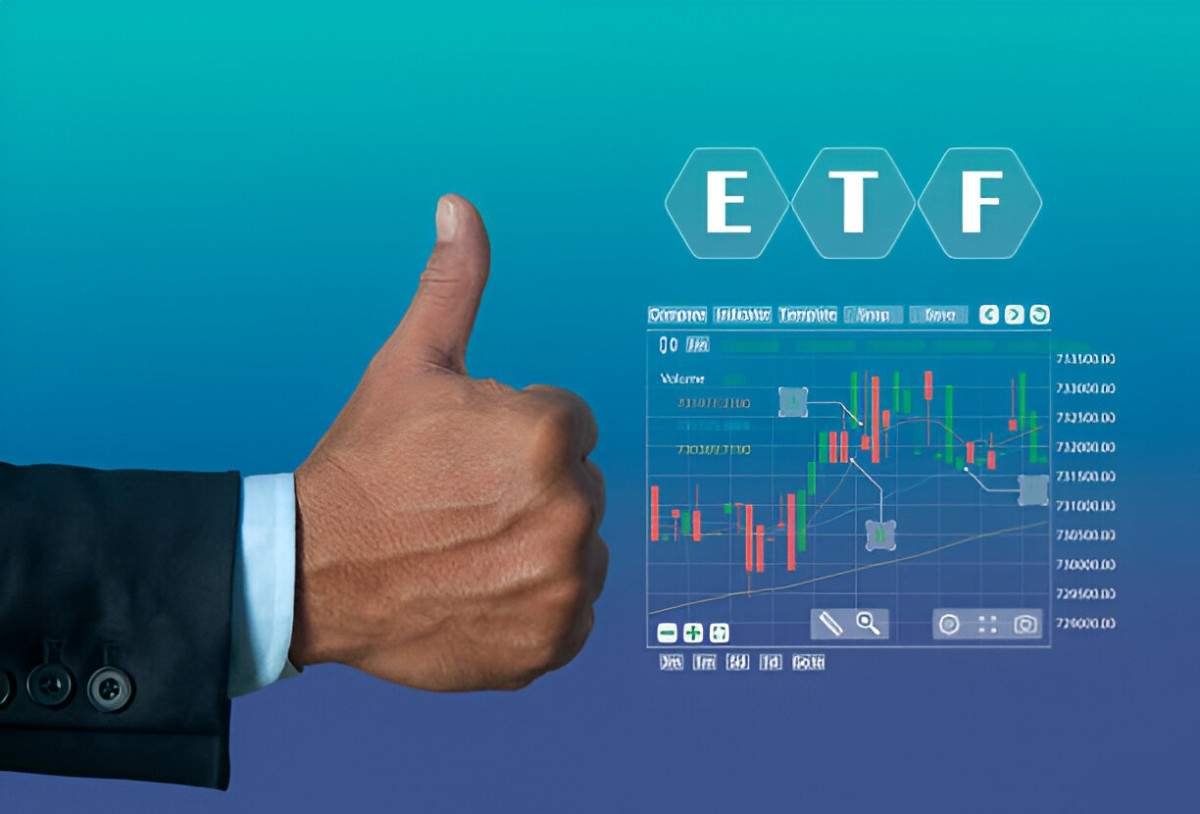As a financial advisor who has helped hundreds of clients build resilient portfolios, I’ve found the 50/50 allocation between stocks and bonds to be one of the most timeless investment strategies. But the choice between implementing this through ETFs or mutual funds requires careful consideration of costs, trading flexibility, and investor behavior.
Table of Contents
Understanding the 50/50 Portfolio
Core Composition
- 50% Stocks: Growth engine of the portfolio
- 50% Bonds: Stability and income component
Historical performance: This allocation has delivered ~7% annual returns with about half the volatility of a 100% stock portfolio since 1926.
ETF vs. Mutual Fund Implementation
Key Differences
| Feature | ETFs | Mutual Funds |
|---|---|---|
| Trading | Intraday pricing | End-of-day NAV |
| Minimums | Share price only | Often $1,000+ |
| Tax Efficiency | Generally more tax-friendly | Can create capital gains |
| Expense Ratios | Typically lower | Often higher |
| Automatic Investing | Manual purchases | Can automate |
Best 50/50 Portfolio Options
ETF Implementation
- Stock Component (50%)
- Vanguard Total Stock Market ETF (VTI) – 30%
- Expense Ratio: 0.03%
- Vanguard Total International Stock ETF (VXUS) – 20%
- Expense Ratio: 0.07%
- Bond Component (50%)
- iShares Core U.S. Aggregate Bond ETF (AGG) – 30%
- Expense Ratio: 0.03%
- Vanguard Total International Bond ETF (BNDX) – 20%
- Expense Ratio: 0.07%
Total portfolio expense ratio: 0.05%
Mutual Fund Implementation
- Stock Component (50%)
- Vanguard Total Stock Market Index (VTSAX) – 30%
- Expense Ratio: 0.04%
- Vanguard Total International Stock Index (VTIAX) – 20%
- Expense Ratio: 0.11%
- Bond Component (50%)
- Vanguard Total Bond Market Index (VBTLX) – 30%
- Expense Ratio: 0.05%
- Vanguard Total International Bond Index (VTABX) – 20%
- Expense Ratio: 0.11%
Total portfolio expense ratio: 0.08%
Performance Comparison
| Metric | ETF Portfolio | Mutual Fund Portfolio |
|---|---|---|
| Expense Ratio | 0.05% | 0.08% |
| Tax Efficiency | Higher | Lower |
| Trading Flexibility | Better | Limited |
| Minimum Investment | ~$250 | $3,000+ |
| Automatic Investing | No | Yes |
Note: The performance difference is typically less than 0.10% annually.
Tax Efficiency Analysis
In Taxable Accounts
- ETFs win due to:
- In-kind creation/redemption process
- Lower capital gains distributions
- Mutual funds may distribute taxable gains annually
Example: A $500,000 portfolio could save $1,000-$2,000 annually in taxes using ETFs.
In Retirement Accounts
- No significant difference
- Mutual funds may be preferable for automatic investing
Rebalancing Strategies
ETF Approach
- Advantages:
- Can use limit orders
- No minimums for adjustments
- Disadvantages:
- Requires manual intervention
- Potential trading commissions
Mutual Fund Approach
- Advantages:
- Can set automatic rebalancing
- No trading decisions needed
- Disadvantages:
- May trigger unwanted capital gains
- Some funds have redemption fees
Which Should You Choose?
ETFs Are Better For:
- Taxable accounts
- Active traders
- Those wanting intraday trading
- Investors who prefer lower costs
Mutual Funds Are Better For:
- Retirement accounts
- Hands-off investors
- Automatic investment plans
- Those who prefer dollar-cost averaging
Hybrid Approach
Consider combining both:
- Use ETFs in taxable accounts
- Use mutual funds in 401(k)/IRAs
- Example:
- Taxable: VTI + BND
- IRA: VTSAX + VBTLX
Sample $100,000 Allocation
ETF Version
| Fund | Ticker | Allocation | Amount |
|---|---|---|---|
| Vanguard Total Stock | VTI | 30% | $30,000 |
| Vanguard Int’l Stock | VXUS | 20% | $20,000 |
| iShares Core Bond | AGG | 30% | $30,000 |
| Vanguard Int’l Bond | BNDX | 20% | $20,000 |
Mutual Fund Version
| Fund | Ticker | Allocation | Amount |
|---|---|---|---|
| Vanguard Total Stock | VTSAX | 30% | $30,000 |
| Vanguard Int’l Stock | VTIAX | 20% | $20,000 |
| Vanguard Total Bond | VBTLX | 30% | $30,000 |
| Vanguard Int’l Bond | VTABX | 20% | $20,000 |
Maintenance Requirements
- Rebalance annually or when allocations drift by 5%
- Review expenses yearly (watch for fee changes)
- Adjust bond duration as you near retirement
- Tax-loss harvest in taxable accounts
Historical Performance Context
A 50/50 portfolio would have:
- Best Year (1982): +29.7%
- Worst Year (1931): -15.4%
- 2008 Crisis: -10.1% (vs. -37% for S&P 500)
- Average Annual Return: ~7%
Final Recommendation
For most investors, I recommend:
- Use ETFs if you:
- Have a taxable account
- Want maximum tax efficiency
- Don’t mind manual investing
- Use mutual funds if you:
- Prefer automatic investing
- Have most assets in retirement accounts
- Want simpler rebalancing
The 50/50 allocation itself matters far more than the ETF/mutual fund choice. Both implementations can work well – select based on your account types and personal preferences. I personally use a hybrid approach in my own portfolio, with ETFs in taxable and mutual funds in my IRA.





